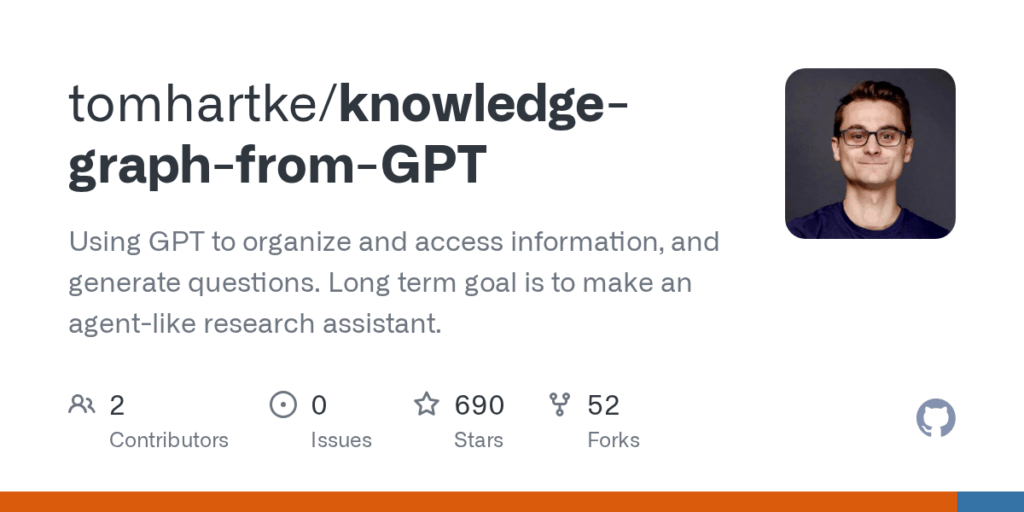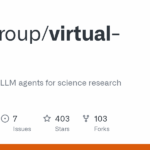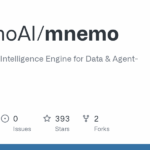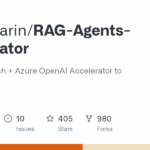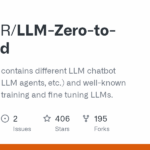knowledge graph from GPT
Basic Information
This repository implements a Python wrapper that builds a human-interpretable knowledge graph as an external memory module for language models with the long-term goal of agent-like capabilities. It is designed to collect information through a text interface, convert facts into compact flashcard style question and answer pairs, extract hierarchical concept representations for each fact, and store those representations as natural language based vector embeddings. The system aims to enable a language model to access relevant subsets of stored knowledge, identify gaps or inconsistencies, and propose further questions to improve its memory. Targeted uses described include database generation and parsing, question answering over a structured knowledge base, a personal spaced repetition learning assistant, and hypothesis generation for research. The README emphasizes interpretability and observability of which memories are accessed and why, and notes a user interface for interactive exploration and saving of knowledge.

